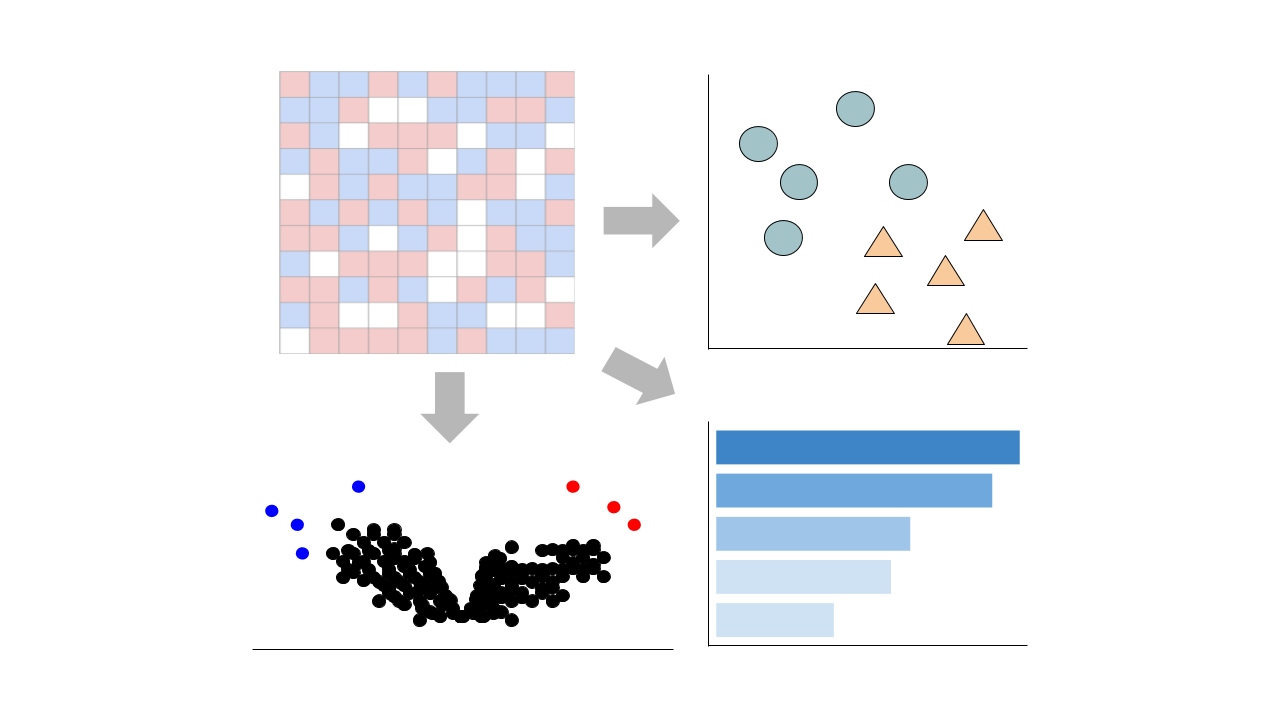Submission Date: Aug 01, 2018
Summary: Podocyte injury is the hallmark of proteinuric kidney diseases, such as Focal Segmental Glomerulosclerosis and Minimal Change Disease. Therapeutic strategies in the management of proteinuric diseases are limited. Although agents such as glucocorticoids, cyclosporine, and rituximab have direct effects on the podocyte by stabilizing its actin cytoskeleton, these drugs are riddled with systemic toxicity and off-target effects that hinder their chronic use. We previously demonstrated that the loss of the kidney-enriched zinc finger transcription factor, Krüppel-like factor 15 (KLF15), increases susceptibility to proteinuric kidney disease as well as attenuates the salutary effects of retinoic acid and glucocorticoids in the podocyte. Here, we show that podocyte-specific induction of KLF15, using the tetracycline-inducible system, attenuated podocyte injury, glomerulosclerosis, tubulointerstitial fibrosis and inflammation, while improving renal function and overall survival in HIV-1 transgenic mice. Enrichment analysis of mRNA sequencing of isolated glomerular extracts from this model shows that podocyte-specific induction of KLF15 activates pathways involved in stabilization of actin cytoskeleton, focal adhesion, and podocyte differentiation. Transcription factor enrichment analysis, with further experimental validation, suggests that KLF15 activity is in part mediated by Wilms Tumor 1 (WT1), a transcription factor known to be critical for podocyte differentiation. Further, we confirmed the benefits of podocyte-specific induction of KLF15 in the adriamycin-induced proteinuric murine model. Collectively, these observations suggest that induction of KLF15 might be a potential therapeutic target in the treatment of proteinuric kidney disease.
GEO Accession ID: GSE117987
PMID: 30143559
Select conditions below to toggle them from the plot:
| GROUP | CONDITION | SAMPLES |
|---|---|---|
| Genotype |
GSM3316606 GSM3316607 GSM3316608
|
|
|
GSM3316600 GSM3316601 GSM3316602
|
||
|
GSM3316603 GSM3316604 GSM3316605
|
||
|
GSM3316609 GSM3316610 GSM3316611
|
Submission Date: Aug 01, 2018
Summary: Podocyte injury is the hallmark of proteinuric kidney diseases, such as Focal Segmental Glomerulosclerosis and Minimal Change Disease. Therapeutic strategies in the management of proteinuric diseases are limited. Although agents such as glucocorticoids, cyclosporine, and rituximab have direct effects on the podocyte by stabilizing its actin cytoskeleton, these drugs are riddled with systemic toxicity and off-target effects that hinder their chronic use. We previously demonstrated that the loss of the kidney-enriched zinc finger transcription factor, Krüppel-like factor 15 (KLF15), increases susceptibility to proteinuric kidney disease as well as attenuates the salutary effects of retinoic acid and glucocorticoids in the podocyte. Here, we show that podocyte-specific induction of KLF15, using the tetracycline-inducible system, attenuated podocyte injury, glomerulosclerosis, tubulointerstitial fibrosis and inflammation, while improving renal function and overall survival in HIV-1 transgenic mice. Enrichment analysis of mRNA sequencing of isolated glomerular extracts from this model shows that podocyte-specific induction of KLF15 activates pathways involved in stabilization of actin cytoskeleton, focal adhesion, and podocyte differentiation. Transcription factor enrichment analysis, with further experimental validation, suggests that KLF15 activity is in part mediated by Wilms Tumor 1 (WT1), a transcription factor known to be critical for podocyte differentiation. Further, we confirmed the benefits of podocyte-specific induction of KLF15 in the adriamycin-induced proteinuric murine model. Collectively, these observations suggest that induction of KLF15 might be a potential therapeutic target in the treatment of proteinuric kidney disease.
GEO Accession ID: GSE117987
PMID: 30143559
Select conditions:
Control Condition
Perturbation Condition
This pipeline enables you to analyze and visualize your bulk RNA sequencing datasets with an array of downstream analysis and visualization tools. The pipeline includes: PCA analysis, Clustergrammer interactive heatmap, library size analysis, differential gene expression analysis, enrichment analysis, and L1000 small molecule search.
